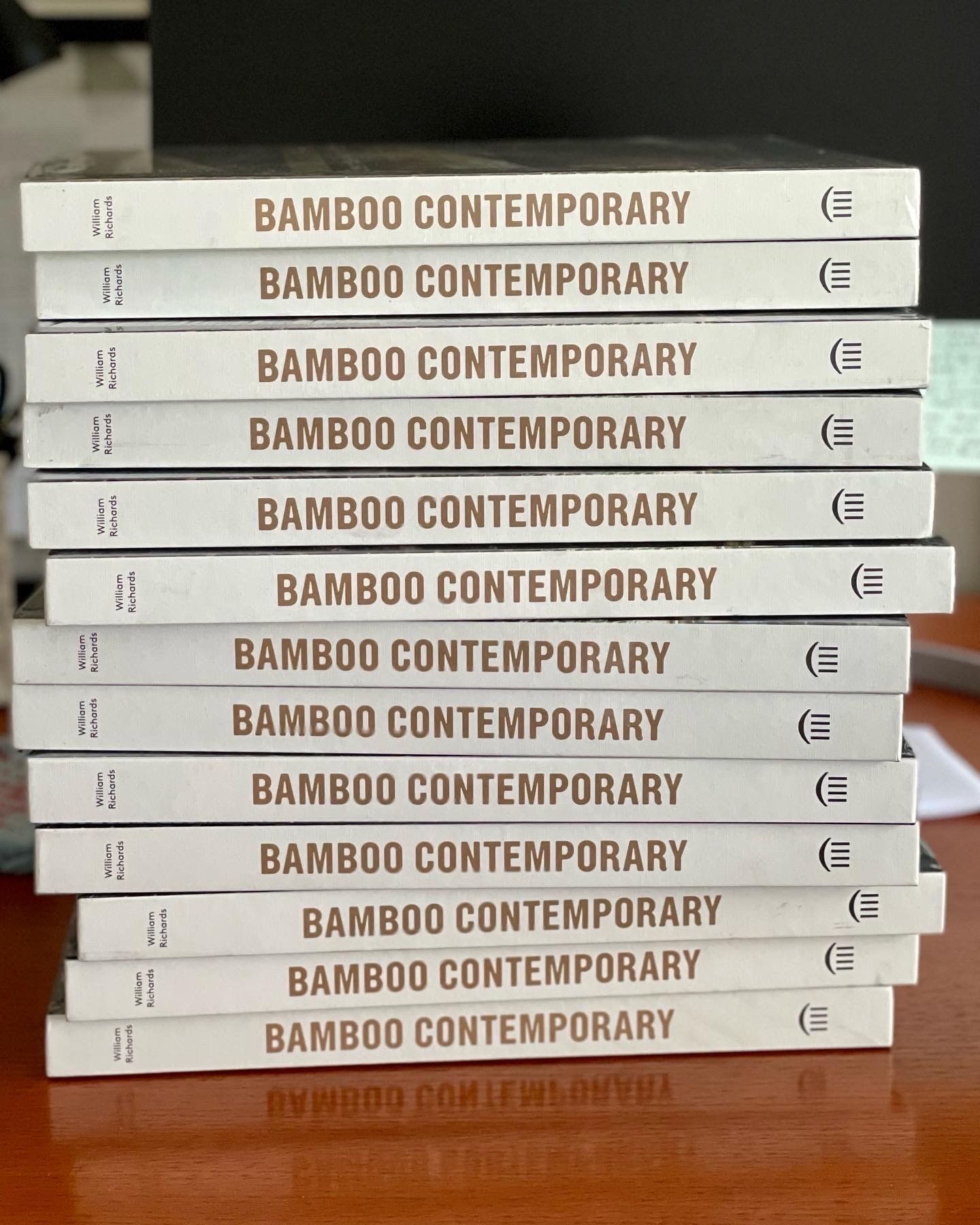
Bamboo is a perennial grass that grows rapidly and rivals steel, concrete, and wood in strength. In “Bamboo Contemporary: Green Houses Around the Globe,” author William Richards shows readers the many ingenious ways in which bamboo, one of the most renewable building materials on the planet, can be employed in residential design.
“This book is a stake in the ground for bamboo, around which one hopes architects are inspired to push for its adoption and improve its market and distribution worldwide.”
-William Richards
Featuring projects in locales in Europe (Norway, France, and the Czech Republic); Asia (China, Taiwan, India, and Indonesia); and South America (Brazil and Ecuador), as well as in the United States, “Bamboo Contemporary” includes homes built entirely of bamboo as well as renovations that embrace bamboo as their primary component.
“Bamboo Contemporary” explores the material’s application in residential projects at multiple scales, with a focus on how those projects contribute to (or stand apart from) their geographies and contexts. Sometimes bamboo appears as part of a composite wall system. Other times whole bamboo stalks appear as structural elements. Each project shows both the beauty of bamboo design and the eco-friendly nature of this greenest of green building materials.

“In design circles, bamboo has been heralded as the material of the future — a pliable solution for architects seeking sustainable methods and materials,” Richards writes in his introduction. “But for many architects and builders along the equatorial band, bamboo’s past is just as rich. It’s both new and nothing new at the same time.”
Filled with fascinating design descriptions, gorgeous photography, and detailed architectural drawings, Bamboo Contemporary will inspire homeowners and design professionals alike as they explore the many uses of this extraordinary material.
The book’s author, William Richards, a writer and architectural historian based in Washington, D.C., has contributed to Inform Magazine, Architect, Architectural Record, Landscape Architecture, and Old House Journal.
